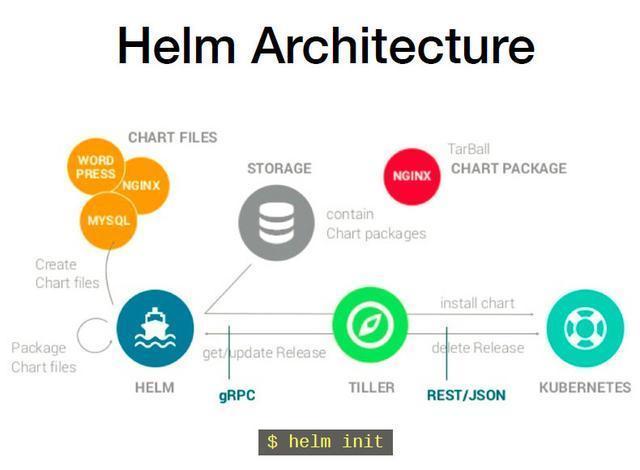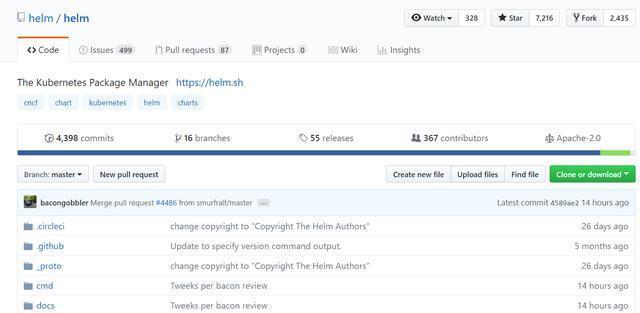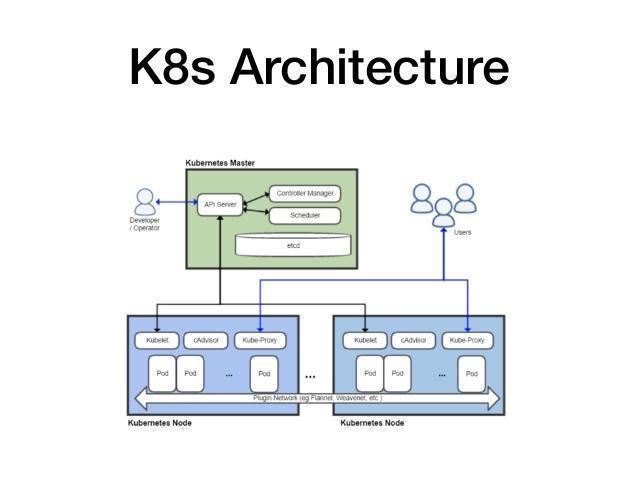How to install Helm in Ubuntu
What is Helm? Programmers who have played Diablo 2 on Battle.net should remember that Helm means kingdom.
And in the computer field, what is Helm?
Helm is a package management tool for Kubernetes, a bit like nodejs's npm, Ubuntu's apt and CentOS's yum. The purpose of these package management tools is to simplify the deployment and management of corresponding applications.
Basic concepts of Helm:
- Chart: The installation package managed by Helm, which contains the installation package resources that need to be deployed. Chart to Helm is equivalent to yum rpm to CentOS.
The contents of each Chart package:
(1) The basic description file Chart.yaml of the package
This is equivalent to package.json in the nodejs project
(2) Release: The deployment instance of Chart. A chart can have multiple releases on a Kubernetes cluster, that is, the chart can be installed multiple times
(3) Repository: Chart's repository, used to publish and store Chart, which is equivalent to the repository field in package.json in nodejs project:

Helm completed functions:
(1) Manage Kubernetes manifest files
(2) Manage Helm Installation Package Charts
(3) Kubernetes application release based on Chart
Helm consists of two parts, the client helm and the server tiller. The tiller runs on the Kubernetes cluster and is used to manage the release of the Chart installation.

Helm is a command line tool that can be run locally, generally on a Continuous Integration-CI/Continues Delivery-CD server.
This article describes the installation of the client helm.
Download the binary executable file on helm's github repository:

After downloading the executable file helm, copy it to the folder /usr/local/bin and execute helm version. If you see the version information, the helm client is installed successfully.


Recommended Posts